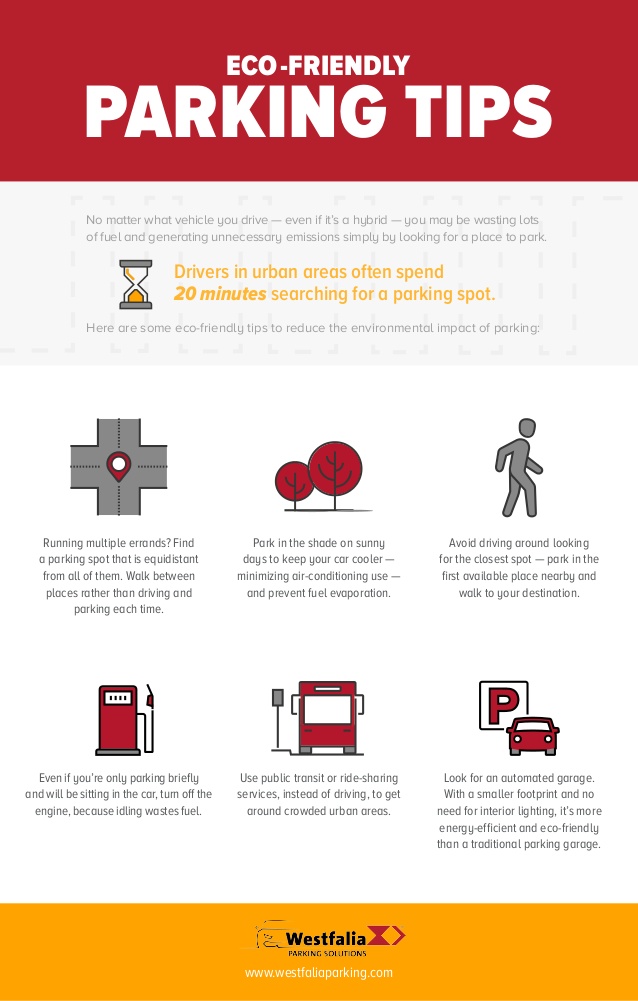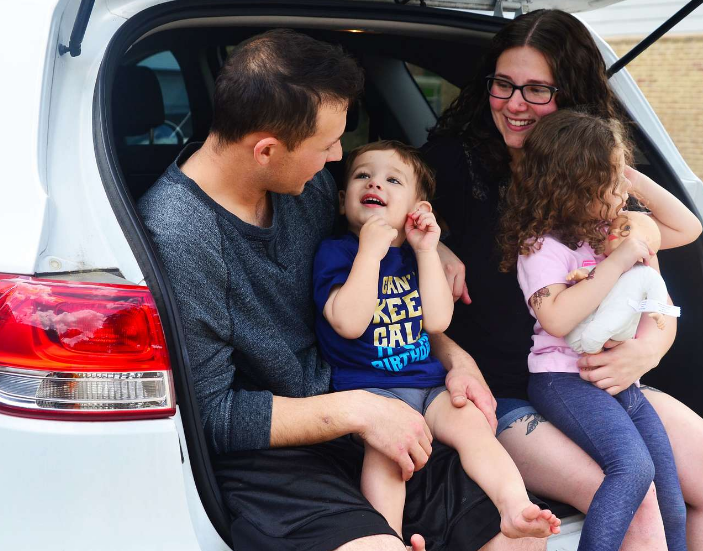With the summer quickly approaching, vacation season is among us. Families throughout the states will be preparing travel plans with their families in hopes to get some necessary respite from their everyday lives. For some families, these plans will begin and end in an airport. For others, it will begin in the family vehicle. Throughout this post, the most effective and environmentally friendly traveling strategies will be broken down in length in hopes of helping families traveling this season to minimize their ecological footprint all while having the best possible time.
The most ecological friendly travel option for families is certainly public transportation, but this method of travel, in addition to ride sharing travel opportunities such as bus tours, are very limiting on how far a family can go at a reasonable price. For families hoping to see some more local fixtures or monuments, this might be an effective form of travel. In instances where it’s not, devising a plan that ensures your family is making the most environmentally friendly decisions becomes imperative, which is why it’s so important to limit the number of cars for the trip to one.
This can be a challenge in and of itself as some families only have one vehicle to utilize. The problem with this is that whatever vehicle is going to be taking the long distance trip needs to be prepared for whatever it experiences along the way. Some wear and tear can be expected, as some families will travel for hundreds of miles. Though it’s impossible to lessen the distance between destinations, what families can make sure they do instead is reducing the stress on the vehicle throughout the trip. Certain elements of the vehicle are actually extremely influential on its performance and how much more likely it will be to hold up throughout the drive. The air conditioning and heating elements of a vehicle, for example, are luxuries for passengers, but can be hard for a vehicle to maintain for long periods of time. Some passengers may prefer these elements be operating at max output, but this isn’t the soundest decision throughout long term travel. The same principle applies within the driving speeds of the vehicle throughout the trip. Some families may insist on traveling over the speed limit to make their drive a but shorter, but the truth is, driving at the highest possible speeds can have a negative impact on your vehicle. Cruising at an optimal speed can help decrease carbon emissions while also improving expected gas mileage per gallon.
Among the most surprising elements of what can negatively impact the environment through these family vacations has to be the time they spend on parking. It can be easily overlooked, but believe it or not, with such unfamiliarity of any area they’re traveling in, families can spend a lot of time driving around attempting to identify viable parking solutions. When considering how to limit the impact on the vehicle throughout these trips, it’s best to find a parking spot closest enough and take it. Convenience is a luxury but walking a few minutes can help your vehicle a lot in the long run.
Ready for your family’s next vacation? To learn more about how you can remain as environmentally conscious as possible while traveling through the states to your destination, be sure to read on to the infographic paired with this post.
Author bio: Ian Todd is Director of Automated Parking Systems for Westfalia, a York, Pennsylvania-based manufacturer. Todd has more than 15 years of experience in automated parking systems in both Europe and the Americas, where he has held roles in product development, project management, marketing, and business development and sales.

